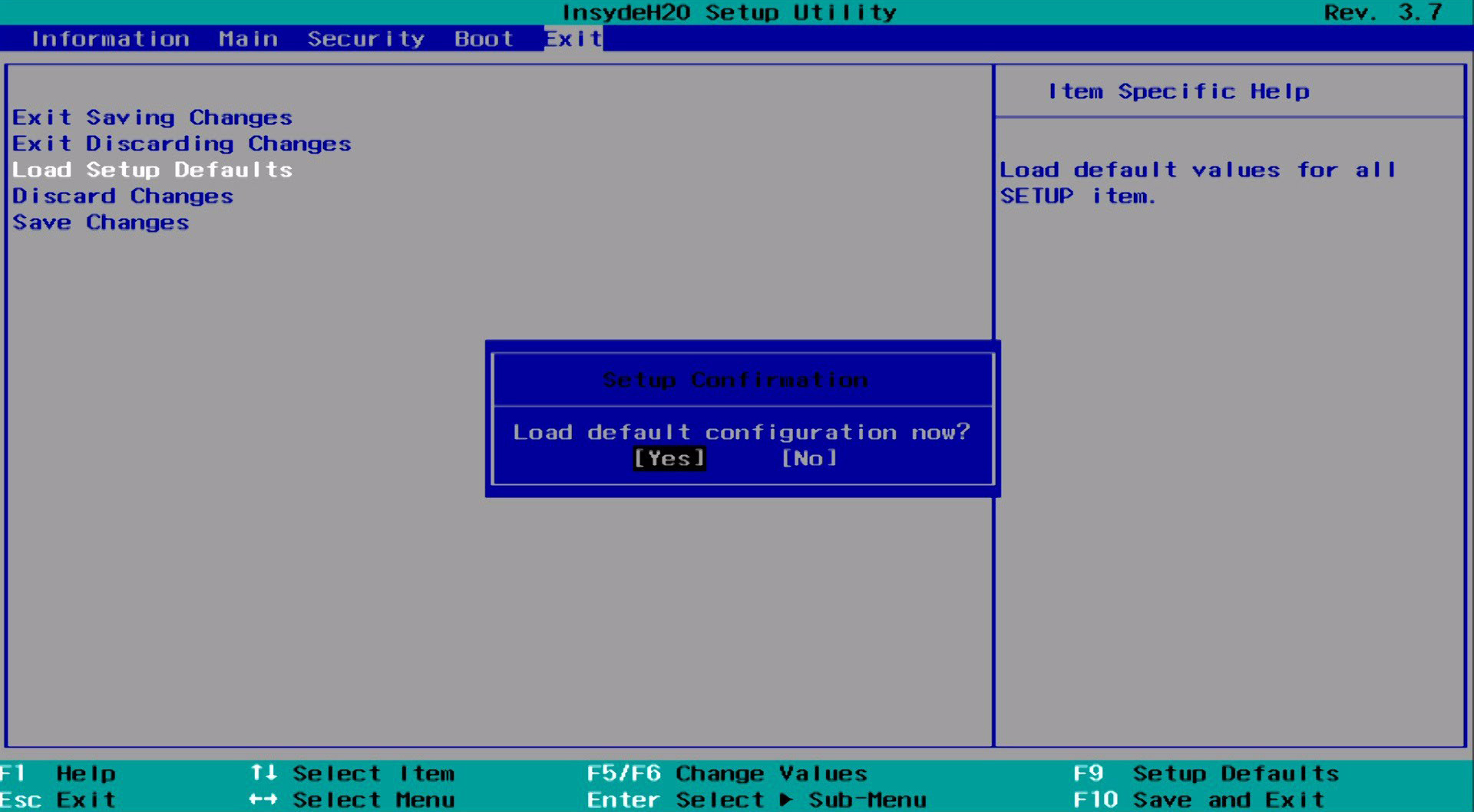Notes
1
Giorgio Agamben, The Highest Poverty: Monastic Rules and Form-of-Life, trans. Adam Kotsko (Stanford: Stanford University Press, 2013).
2
The “big five” is a name used to describe the five primary multinational technology companies in the West: Apple, Alphabet, Amazon, Microsoft, and Facebook.
3
See Ivan Illich, Tools for Conviviality (New York: Harper & Row, 1973).
4
Agamben, “Rule and Life,” in The Highest Poverty.
5
Giorgio Agamben, “Towards an Ontology of Style,” e-flux Journal 73 (May 2016), ➝.
© 2019 e-flux and the author
